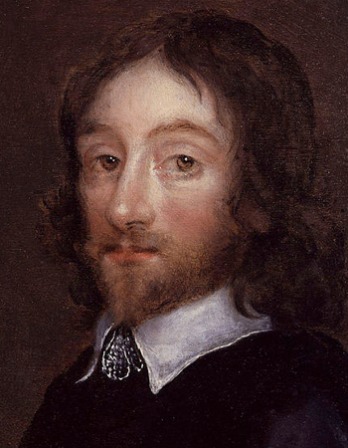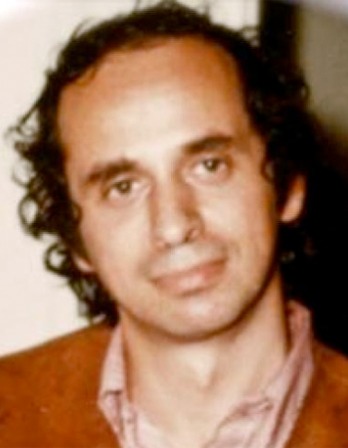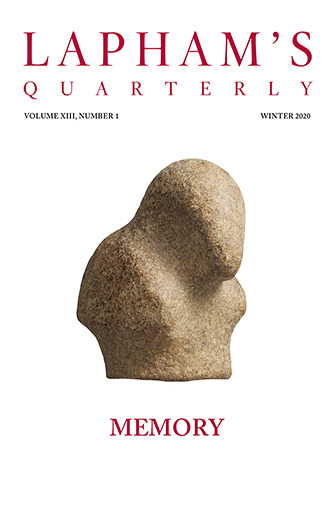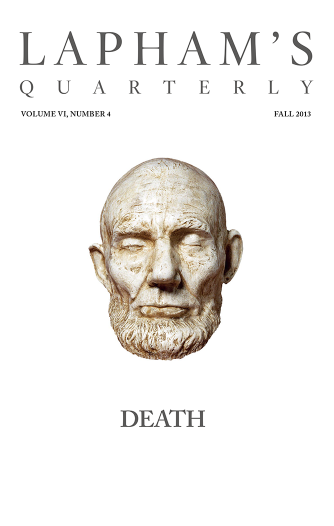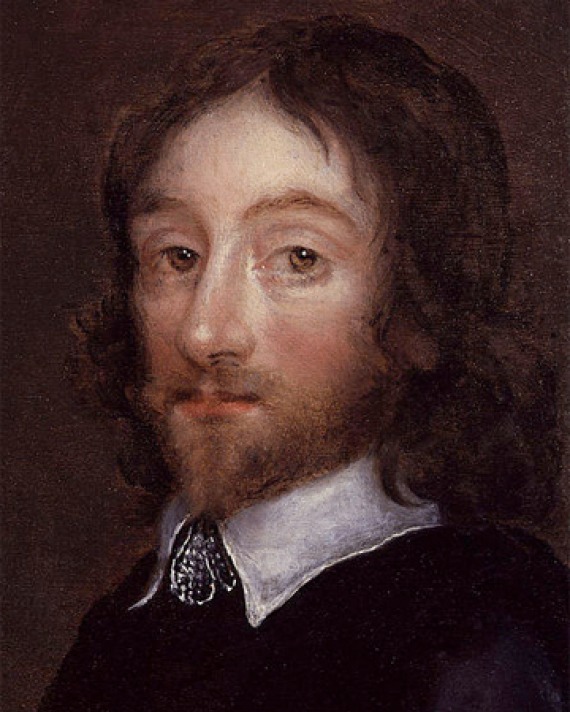
Thomas Browne
(1605 - 1682)
Thomas Browne was a physician and the author of Religio Medici, a book that he described as “the cosmography of myself,” and that prompted Virginia Woolf to call him “the first of the autobiographers.” “We carry with us the wonders we seek without us,” Browne claimed. “There is all Africa and her prodigies in us.” Famous throughout England as a doctor and writer, Browne was also a loyal Royalist, attaining a knighthood from Charles II in 1671.
